Nghe An province has diverse plant resources, including many precious, endemic, and valuable medicinal plants. Medicinal plants are becoming a tree for hunger eradication and poverty reduction, contributing to socio-economic development in mountainous districts and ethnic minority areas.
Nghe An has identified the development of medicinal herbs, especially medicinal herbs under the forest canopy, to exploit the potential advantages of land and forest resources, promote the multi-purpose value of forests, in accordance with the policy of the Politburo in Resolution No. 39-NQ/TW dated July 18, 2023, which is "developing forestry economy, forest economy, economy under the forest canopy, medicinal herbs, high-tech agriculture associated with processing industry".
Planting under the forest canopy
Although he is over 70 years old, every day, Mr. Vu Tong Va in Huoi Son village, Tam Hop border commune (Tuong Duong district) still regularly takes care of the bo bo (cardamom) garden with his family members under the forest canopy. Starting to plant in 2017 under the pilot program, up to now, his family's bo bo growing area has reached 8 hectares. "Each hectare of bo bo intercropped with the crop harvests about 1 ton of fresh fruit. With a price of about 8-10 thousand VND/kg fresh, after deducting expenses, each year, bo bo brings my family more than 100 million VND," said Mr. Va.
In Pha Lom village, in 2021, with support from the National Target Program for Socio-Economic Development of Ethnic Minorities and Mountainous Areas, Mr. Xong Ba Ca's family was the first household in the commune to grow seven-leaf one-flower ginseng. Up to now, the 200 m2 ginseng garden is growing well. According to Deputy Secretary of the Tam Hop Commune Party Committee Xong Ba No, seven-leaf one-flower ginseng costs from 700,000 to 1 million VND/kg of fresh roots. From the positive results of Mr. Ca's ginseng garden, four more households have implemented the model, bringing the total area of this ginseng in the commune to nearly 1,000 m2. Instead of propagating ginseng from seeds, households now go deep into the forest to find seedlings, thus shortening the growth time of the plants. Households find seedlings themselves, and are supported by the State with labor costs and seed money according to the project's regulations. Seven-leaf one-flower ginseng and bo bo are identified by the locality as potential crops to help ethnic minorities in the commune improve their income and gradually escape poverty.
Na Kho village, Nga My commune, located deep in the core zone of Pu Huong Nature Reserve, for generations, people here have only exploited natural roots of the plant in the forest for sale. No household has planted plants under the forest canopy. In 2022, 15 households participated in taking care of a garden of more than 3 hectares of plants, with about 9,000 seedlings, benefiting from the project Supporting communities in buffer zone communes to develop medicinal plants under the forest canopy to increase income and conserve biodiversity in the Western Nghe An Biosphere Reserve, coordinated by the Small Projects Funding Program (Global Environment Facility). Traders buy dried roots of the plant at a price of 400,000 VND/bird's nest, or 80,000 VND/bird's nest of fresh roots.
According to information from the Department of Agriculture and Rural Development of Tuong Duong district, with support from the above project, from September 2022 to June 2024, in Nga My and Yen Hoa communes, 18 hectares of medicinal plants were planted under the forest canopy, mainly yellow camellia, purple khôi, purple morinda, and fritillaria. The two medicinal plant nurseries have also produced tens of thousands of purple morinda, Chinese yam, purple khôi, yellow camellia, and Gynostemma pentaphyllum seedlings...
Or in Na Ngoi commune (Ky Son district), where Puxailaileng peak is more than 2,700m above sea level, the highest peak of the northern Truong Son range - the natural boundary between Vietnam and Laos, in addition to growing ginger and digging stones to sell for Tet, many households have invested in Codonopsis pilosula and Puxailaileng ginseng. Typical examples include the household of Mr. Xong Ba Lau in Buoc Mu village; Village elder Ba Lu and Village elder Tong Thu in Buoc Mu 2 village... Chairman of the People's Committee of Na Ngoi commune Mua Ba Vu said that the area of medicinal plants has increased significantly in recent years. In addition to the production area of enterprises, people in the commune are growing nearly 3 hectares of Codonopsis pilosula and more than 1 hectare of Puxailaileng ginseng and Panax notoginseng.
According to statistics from the Department of Agriculture and Rural Development of Nghe An province, up to now, in the whole province, about 30 species have been planted in concentrated areas in some districts with a total area of more than 1,459.29 hectares.
Of which, species grown on a large scale (passion fruit, gac fruit, turmeric, sorghum) are about 410 hectares; plants grown on a large but not concentrated area (cinnamon, Chinese clematis, shallots) are about 620 hectares; medicinal plants (hoe, ca gai leo, ham frog, ma de, che vang, ich mau, kinh gioi, perilla, kim tien thao, kim ngan, and xuan tam, muc can) are planted sporadically, about 64 hectares; rare and valuable species are planted experimentally (seven leaves one flower, codonopsis, red polygonum, orchid, purple cardamom, ngoc linh ginseng, puxailaileng ginseng, do trong, salvia, ginkgo) are more than 22 hectares. Medicinal plant growing locations are divided into sub-regions: mountainous sub-regions (Con Cuong, Tuong Duong, Ky Son, Que Phong, Quy Chau, Quy Hop, Tan Ky, Nghia Dan) grow about 25 species. The midland sub-region (Yen Thanh, Hoang Mai, Nam Dan) grows about 12 species; the plain sub-region (Quynh Luu, Nghi Loc) grows 11 species.
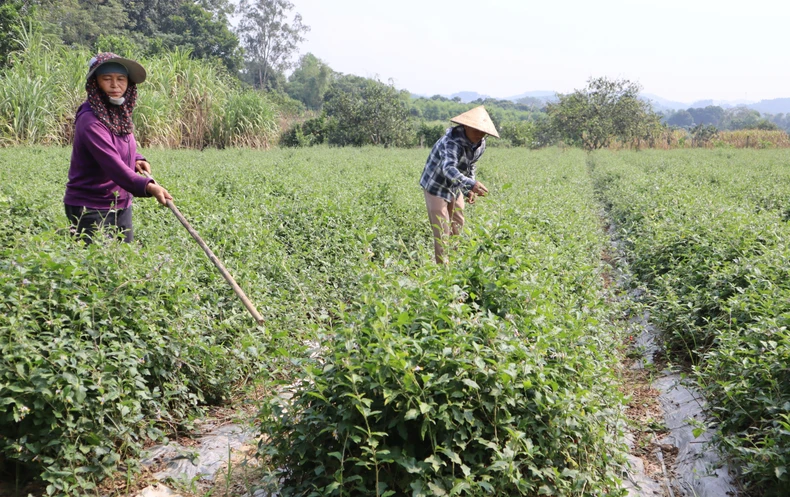 |
People in Quyet Tien village, Chi Khe commune, Con Cuong district take care of Solanum procumbens. |
Strengthening links
In Con Cuong district, in addition to an area of more than 7 hectares of land for growing Solanum procumbens, Gymnema sylvestre, wild bitter melon, etc., Pu Mat Medicinal Materials Joint Stock Company is cooperating with 86 households in Chi Khe, Chau Khe, Thach Ngan, and Lang Khe communes to grow 15 hectares of Solanum procumbens and Che Day.
Joining the association since 2018, Mr. Phan Dinh Thuan (Head of Village 2/9, Chau Khe Commune) said: Compared to other crops, Solanum procumbens brings higher and more stable income. The village currently has 57 households growing Solanum procumbens, about 9.5 hectares. The family of Ms. Nguyen Thi Lam (Quyet Tien Village, Chi Khe Commune) is growing 0.2 hectares of Solanum procumbens. Previously, this area of land was used by the family to grow tea, then oranges, but the economic efficiency was low. Seeing that an acquaintance's family in Village 2/9 was growing Solanum procumbens with good economic efficiency, her family registered to grow. "My family started growing in November 2023. Last April, we harvested for the first time with nearly 7 tons of fresh plants, selling for 6,100 VND/kg. The first crop of seeds, plastic tarpaulin to cover, and planting labor accounted for a large cost, but the investment cost for the following crops was very low. "We harvest about once every six months and only have to replant after a few years," Ms. Lam said excitedly.
Currently, each year Pu Mat Medicinal Materials Joint Stock Company grows and purchases about 400 tons of raw materials to produce tea bags, instant tea, pills, medicinal extracts, etc. Many products have become typical OCOP products of Nghe An province. According to Director of Pu Mat Medicinal Materials Joint Stock Company Phan Xuan Dien, medicinal materials are crops that are opening up many prospects in agricultural production for people in the buffer zone of Pu Mat National Park. The company guides households on what plants to grow, the technical process during the growing process and undertakes to purchase output for people. “With a price of 4,500 VND/kg fresh, after deducting costs, each year people will earn about 130-150 million VND/ha of Solanum procumbens. Meanwhile, if growing sugarcane, the profit is only about 35-40 million VND/ha. Not to mention, medicinal plants have few pests and diseases and are easy to care for,” Mr. Dien cited.
In Decision No. 1187/QD-UBND, dated April 3, 2018, approving the overall plan for medicinal herbs in Nghe An province until 2025, with a vision to 2030, the People's Committee of Nghe An province advocates focusing on developing 14 species/groups of medicinal plants in 11 districts/towns in the province according to highland, medium mountain, lowland and plain areas with a total planting area of 905 hectares.
Deputy Director of the Department of Agriculture and Rural Development of Nghe An province Vo Thi Nhung said: Medicinal plants have much higher economic efficiency than some traditional crops (corn, rice, acacia). Therefore, attracting resources in terms of land, labor and capital for the development of medicinal plants has received great support from all levels, sectors and people in the planning area. Many medicinal plant species are shade-tolerant, suitable for intercropping under the forest canopy, so the development of medicinal plants also increases the production value of forest land, contributing to forest protection and development. The good news is that there has been the participation of pharmaceutical companies, enterprises purchasing and consuming medicinal products, so the output is relatively stable, creating conditions for the formation of a link between production and the market...
Nghe An's development of medicinal herbs is of particular importance to mountainous districts and ethnic minorities. Most medicinal plants grow in natural forests, under the forest canopy, in mountainous areas - where ethnic minorities mainly live. Therefore, if this work is done well, it will promote strengths and open up great opportunities for ethnic minority communities. However, Nghe An needs to have synchronous and appropriate policies to encourage economic sectors to participate, especially attracting processing enterprises with advanced and modern technology; promoting the linkage of four parties (State, scientists, businesses and farmers) ...
Source: https://nhandan.vn/nghe-an-phat-trien-cay-duoc-lieu-post838293.html


![[Photo] President Luong Cuong receives Ethiopian Prime Minister Abiy Ahmed Ali](https://vstatic.vietnam.vn/vietnam/resource/IMAGE/2025/4/16/504685cac833417284c88a786739119c)
![[Photo] Opening of the 4th Summit of the Partnership for Green Growth and the Global Goals](https://vstatic.vietnam.vn/vietnam/resource/IMAGE/2025/4/16/488550ff07ce4cd9b68a2a9572a6e035)
![[Photo] Many practical activities of the 9th Vietnam-China border defense friendship exchange](https://vstatic.vietnam.vn/vietnam/resource/IMAGE/2025/4/16/3016ed3ef51049219574230056ddb741)
![[Photo] President Luong Cuong meets 100 typical examples of the Deeds of Kindness Program](https://vstatic.vietnam.vn/vietnam/resource/IMAGE/2025/4/16/ce8300edfa7e4afbb3d6da8f2172d580)
![[Photo] National Assembly Chairman Tran Thanh Man meets with Ethiopian Prime Minister Abiy Ahmed Ali](https://vstatic.vietnam.vn/vietnam/resource/IMAGE/2025/4/16/c196dbc1755d46e4ae7b506c5c15be55)
![[Photo] Opening of the Exhibition on Green Growth](https://vstatic.vietnam.vn/vietnam/resource/IMAGE/2025/4/16/253372a4bb6e4138b6f308bc5c63fd51)
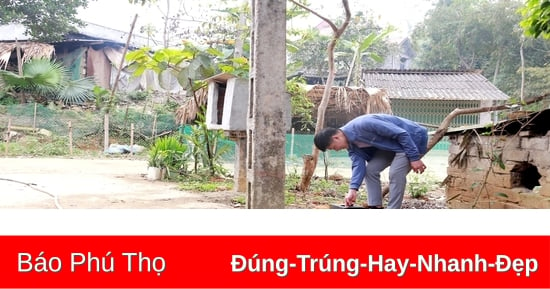


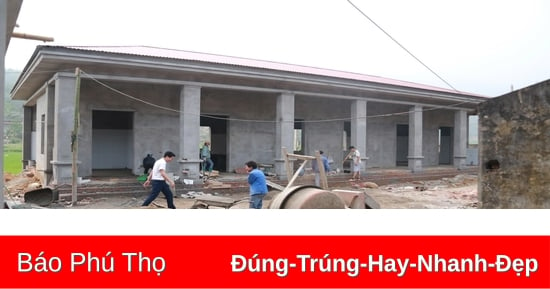


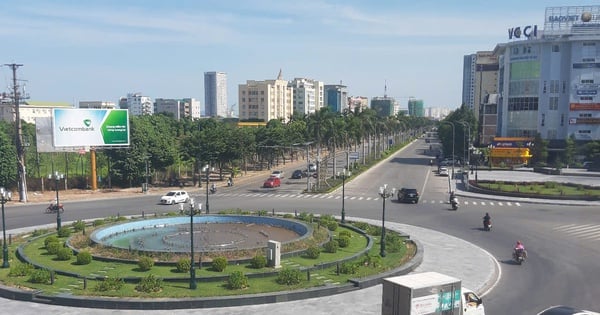











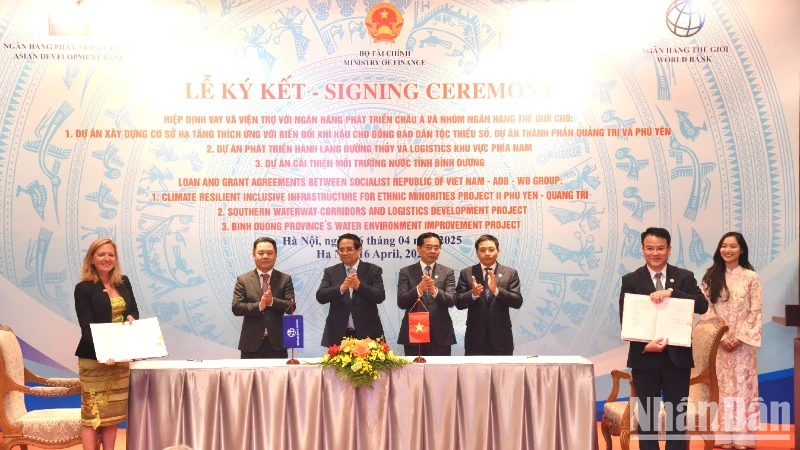
![[Photo] Vietnamese and Chinese students paint conical hats and make traditional ceramics](https://vstatic.vietnam.vn/vietnam/resource/IMAGE/2025/4/16/d3441e0b94a64e7596f7d31f6f8784b4)


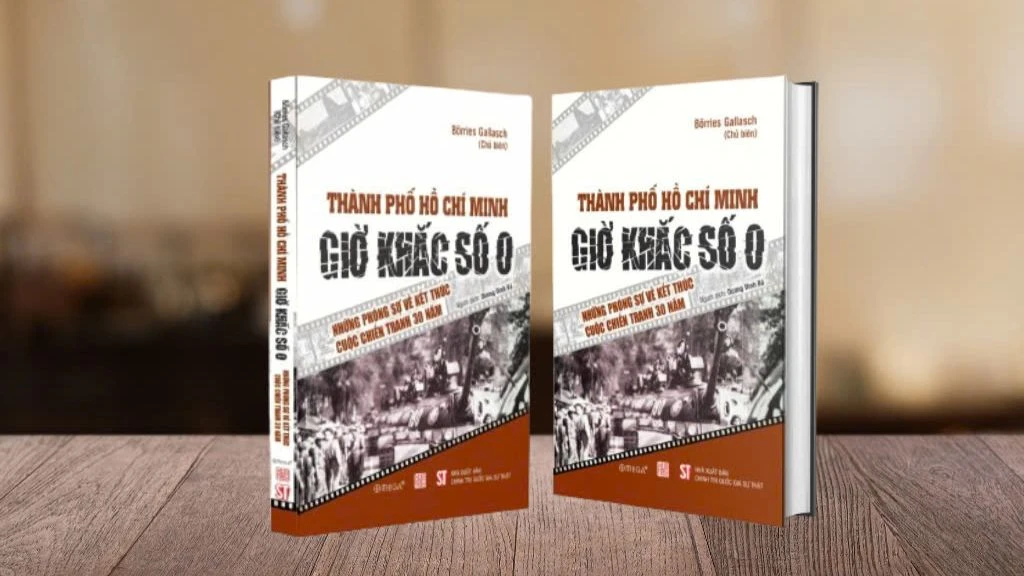


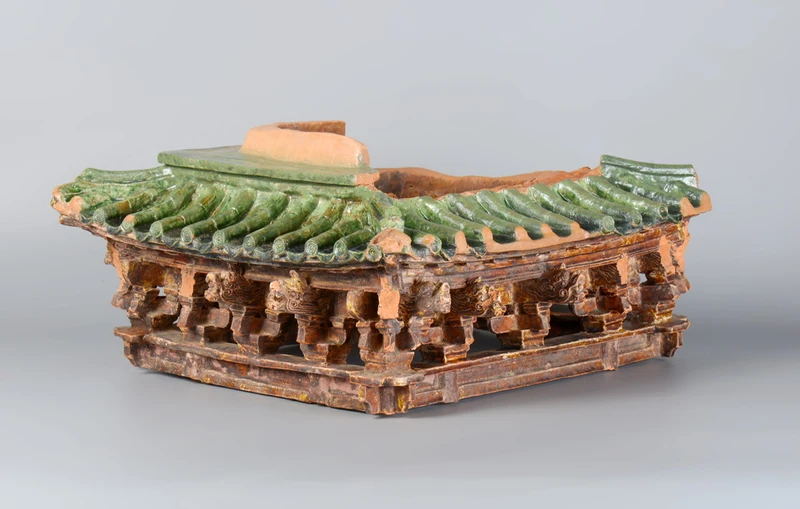
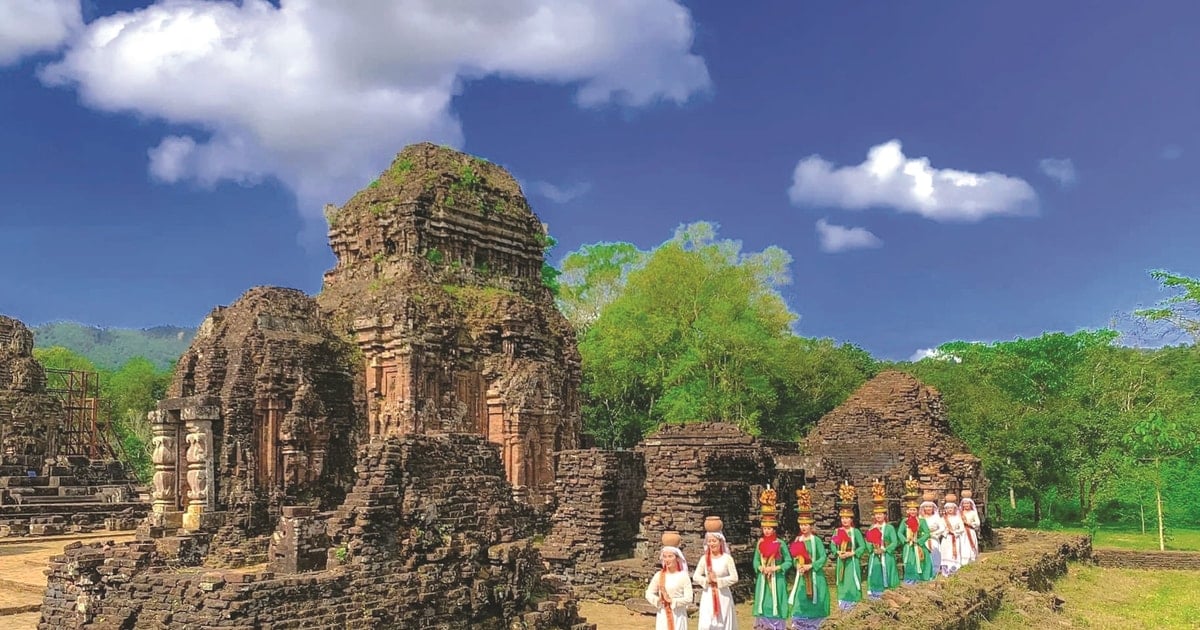

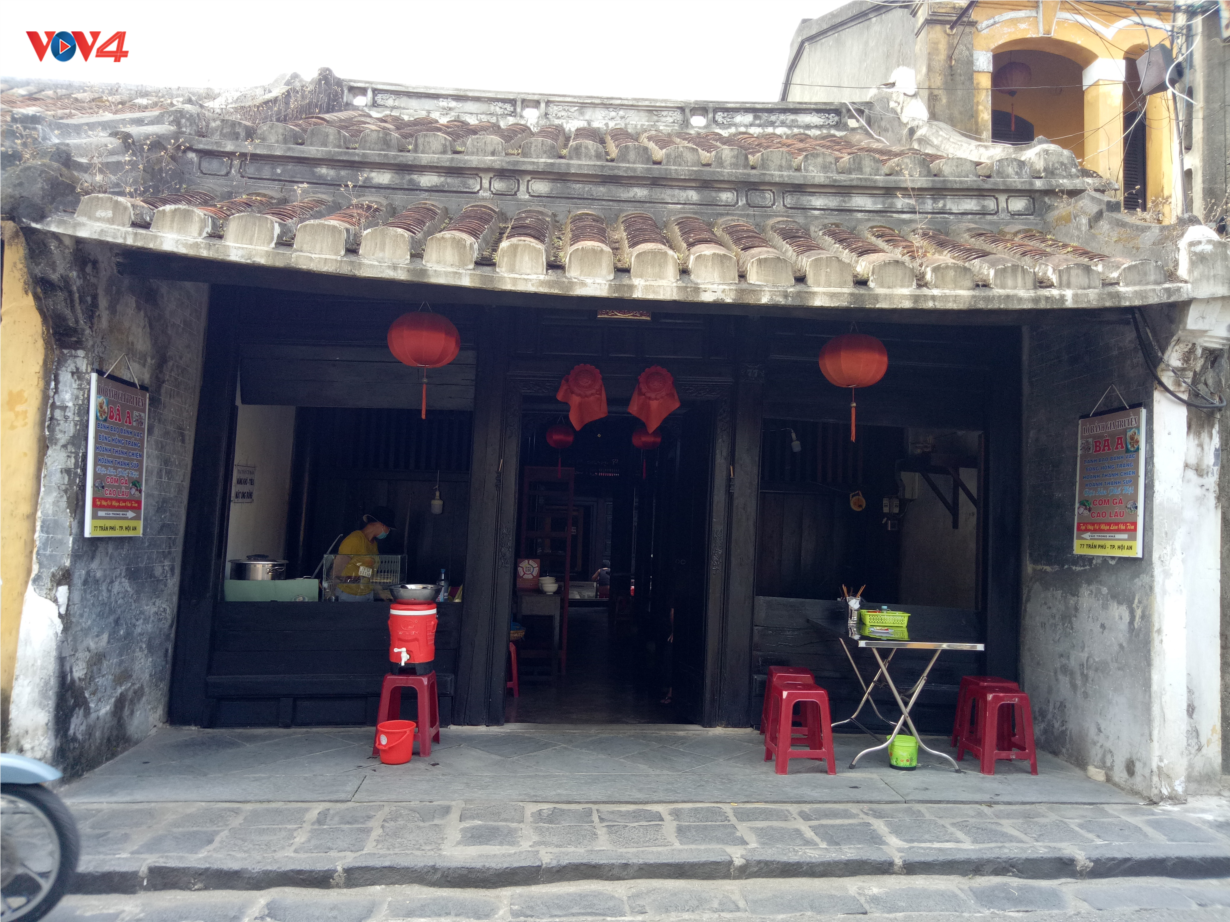

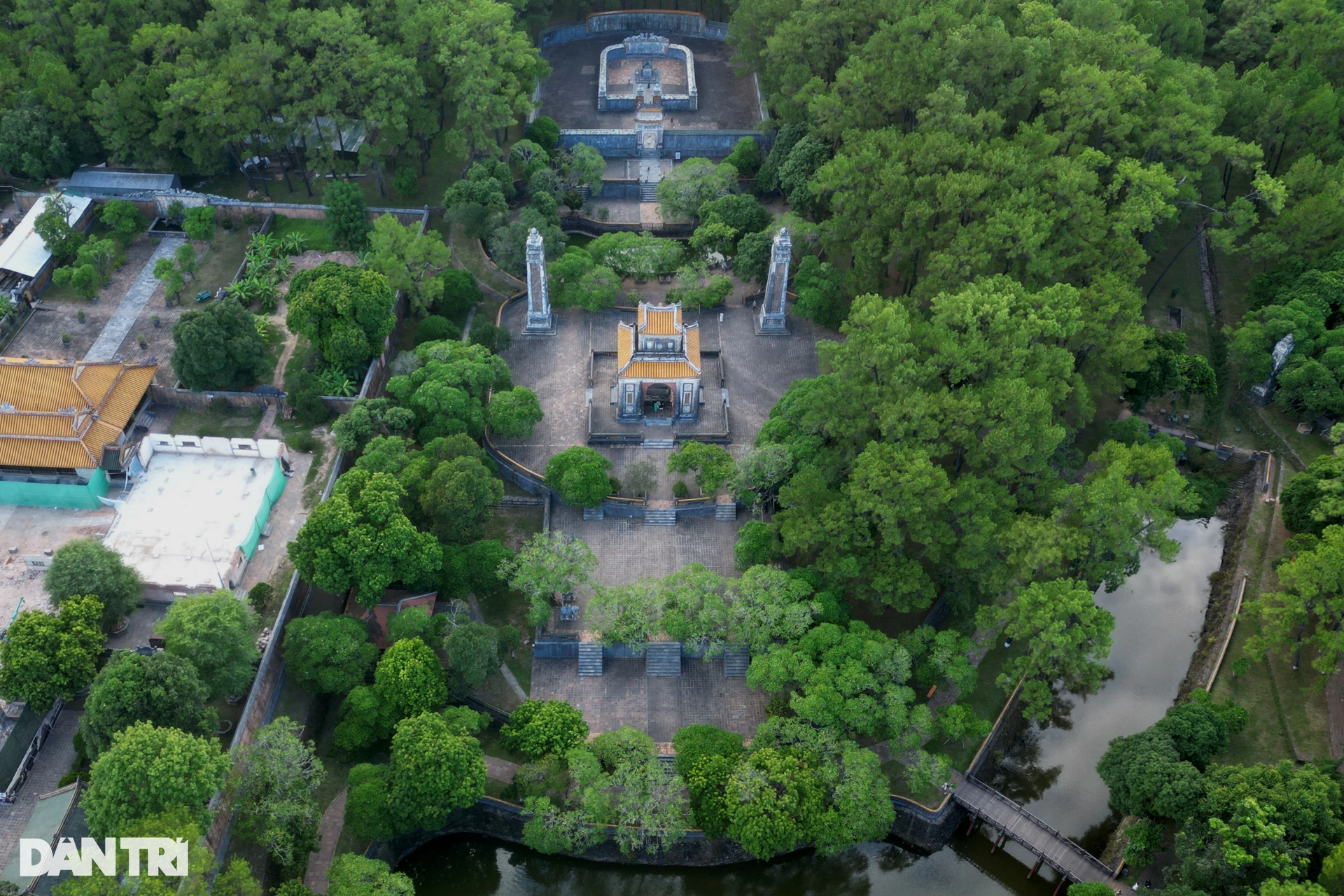







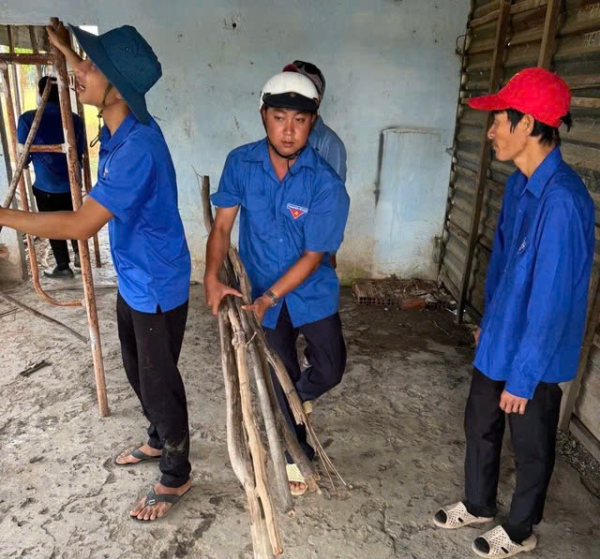

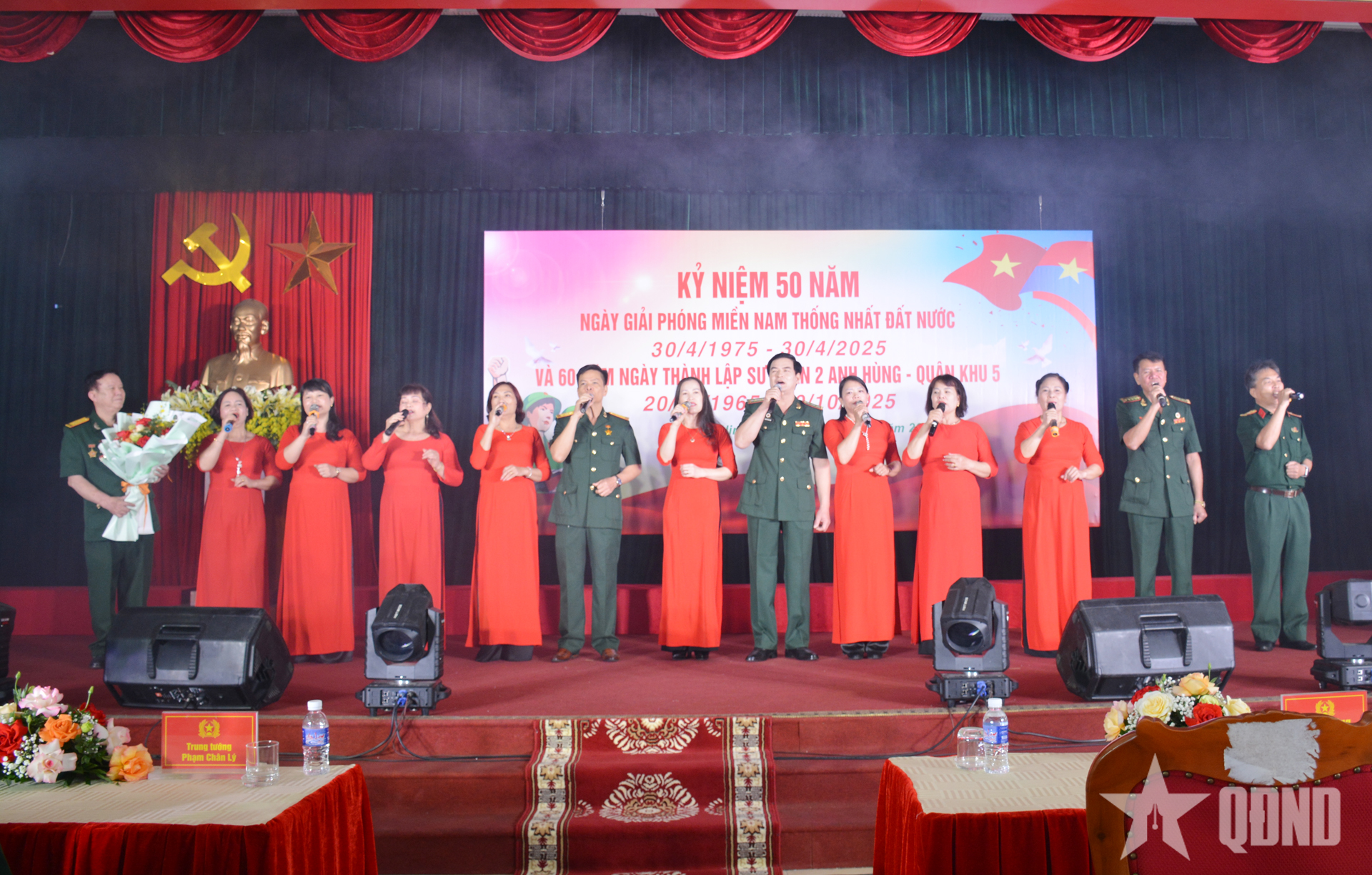


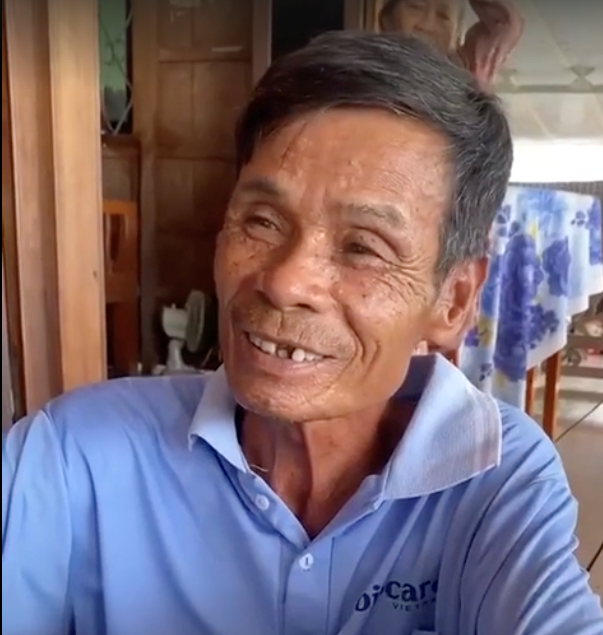


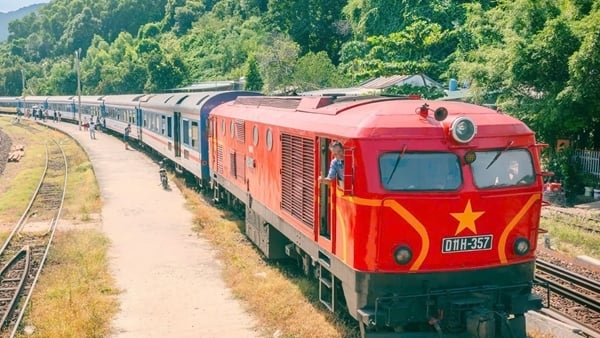






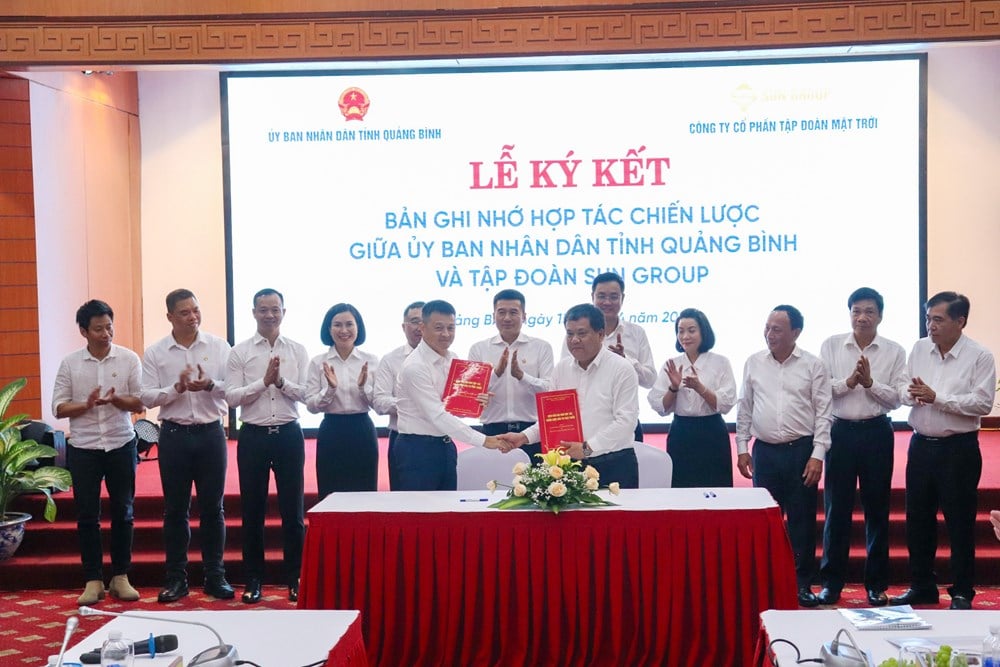



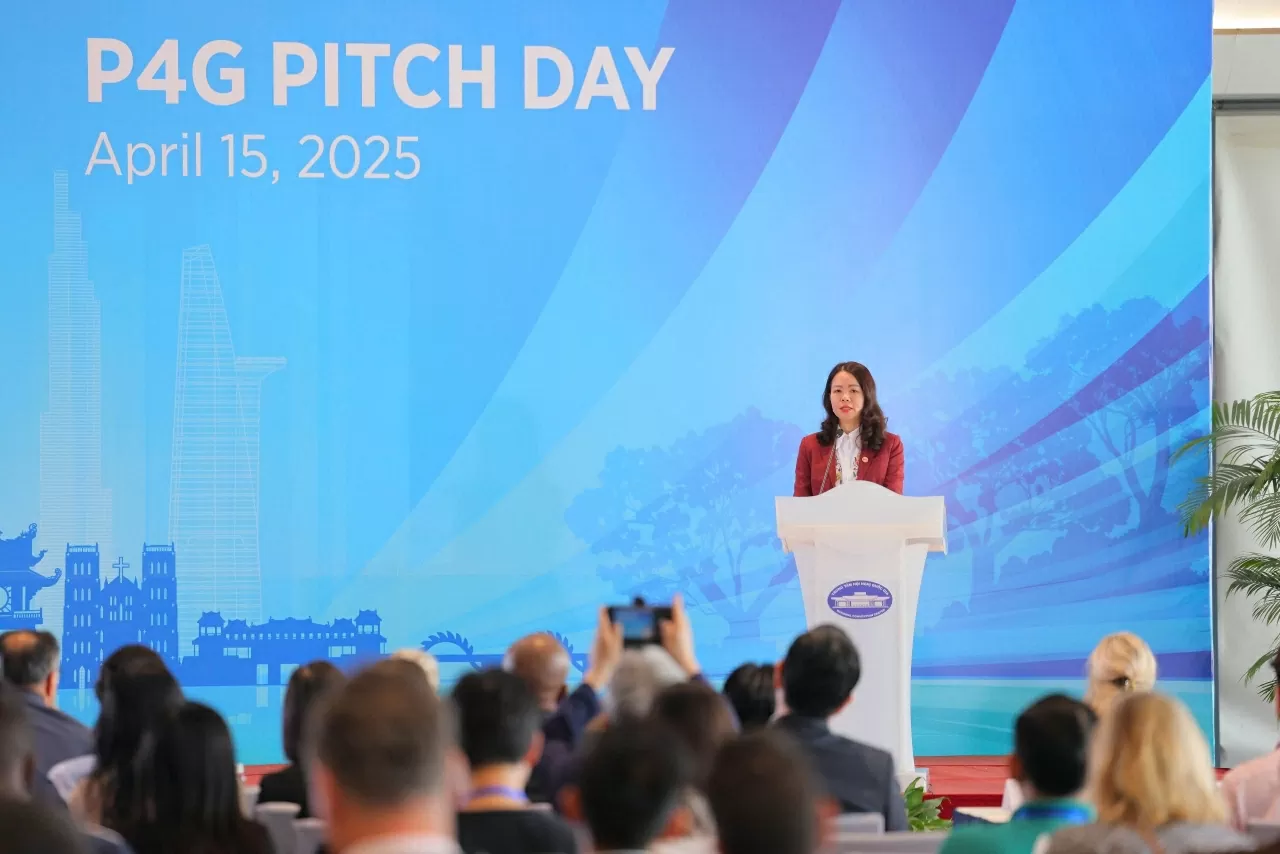


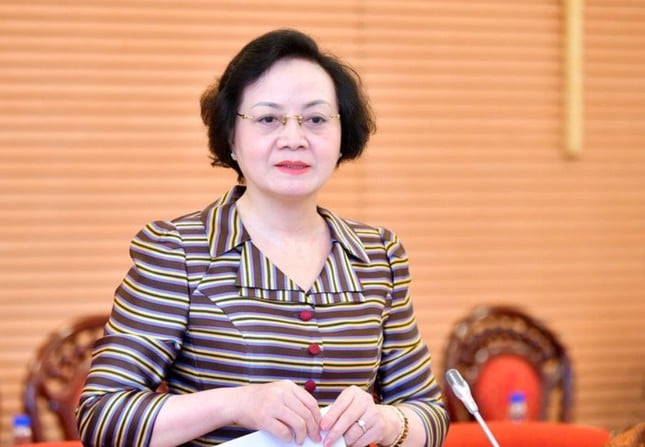

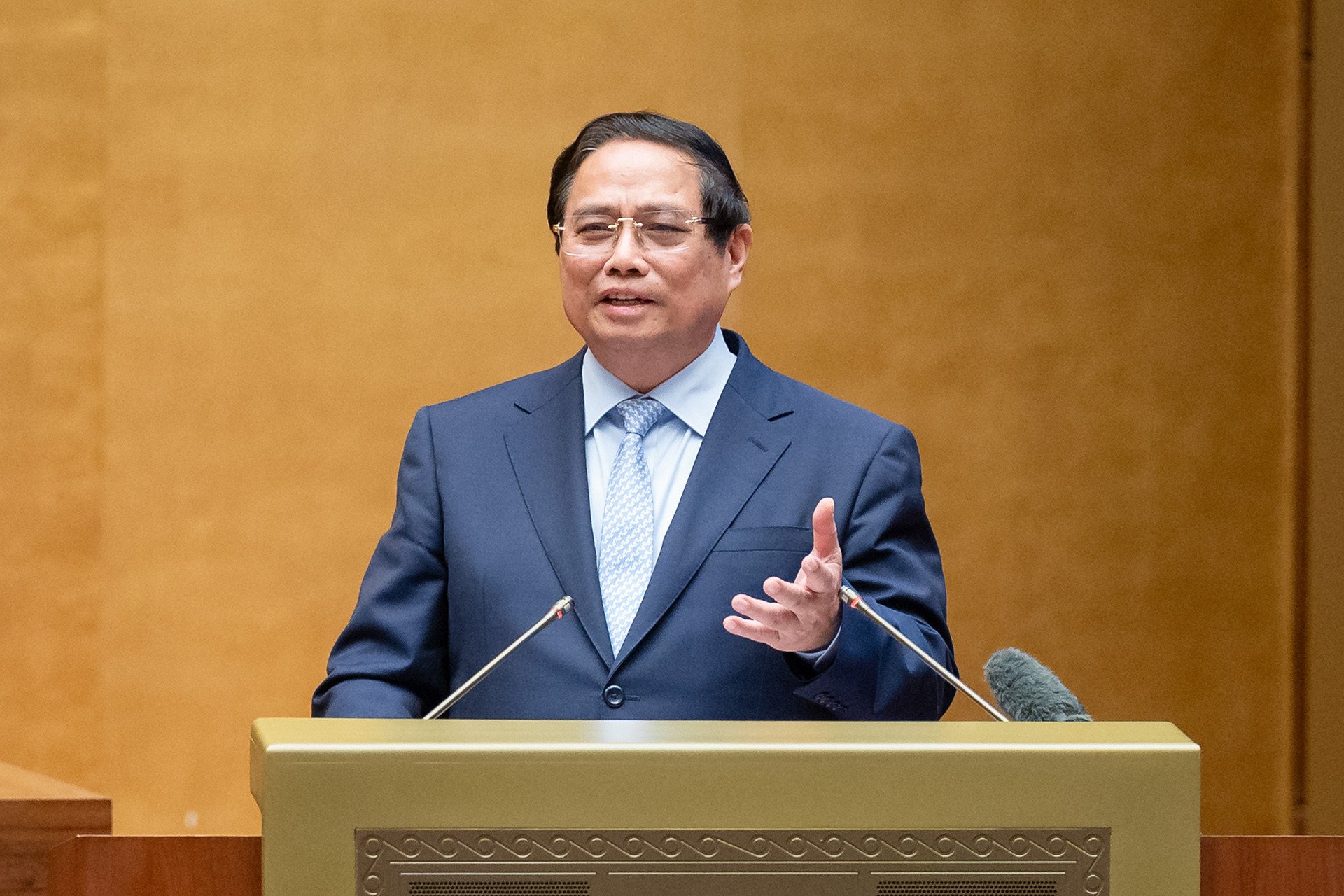
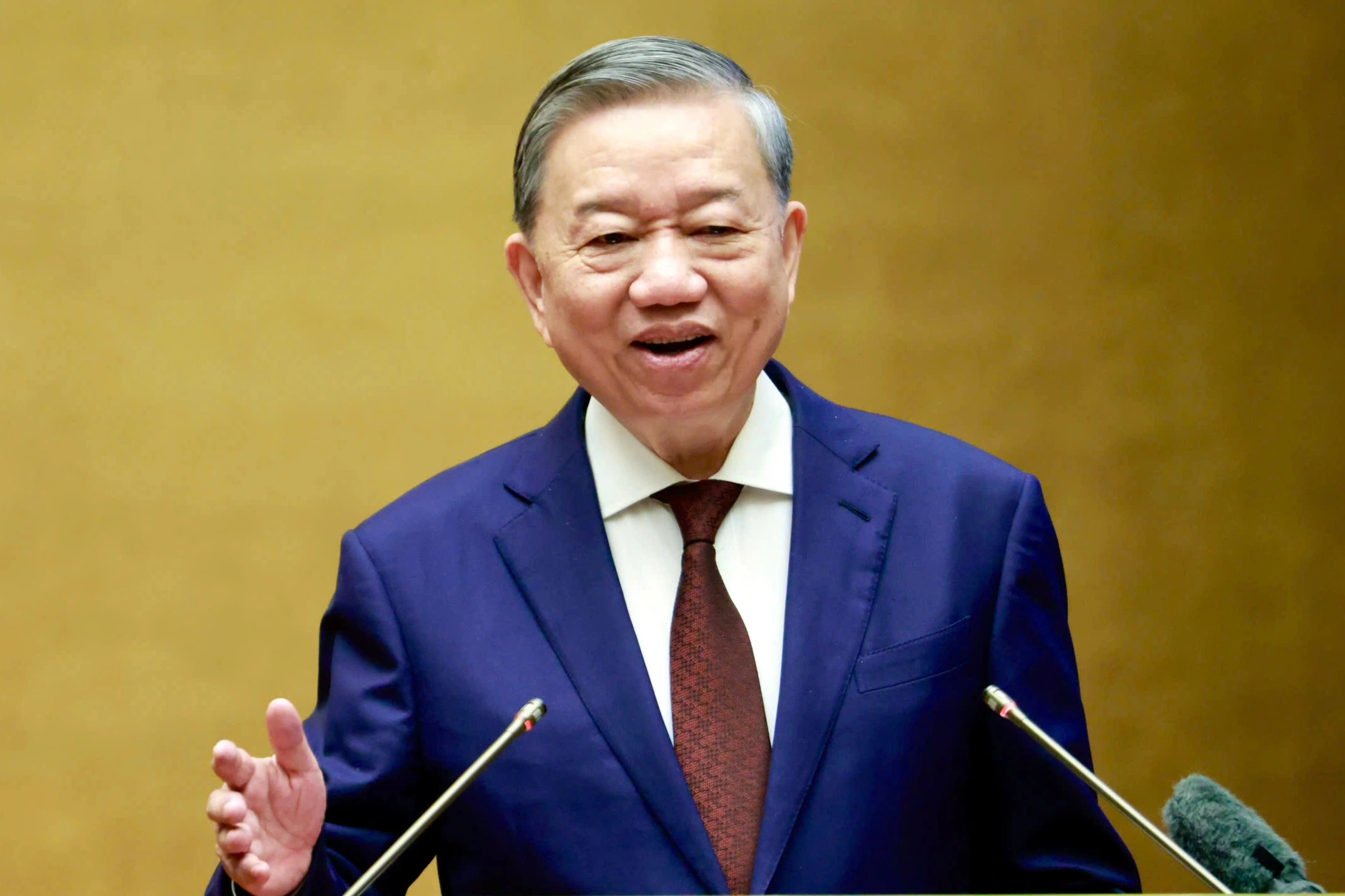





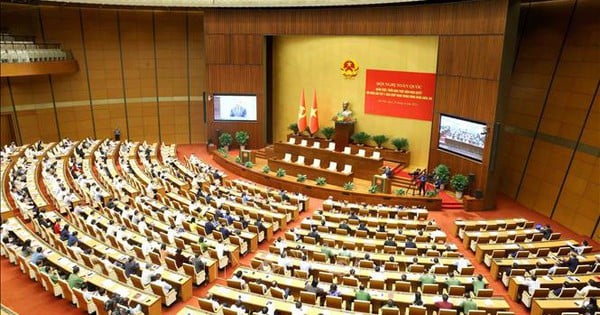
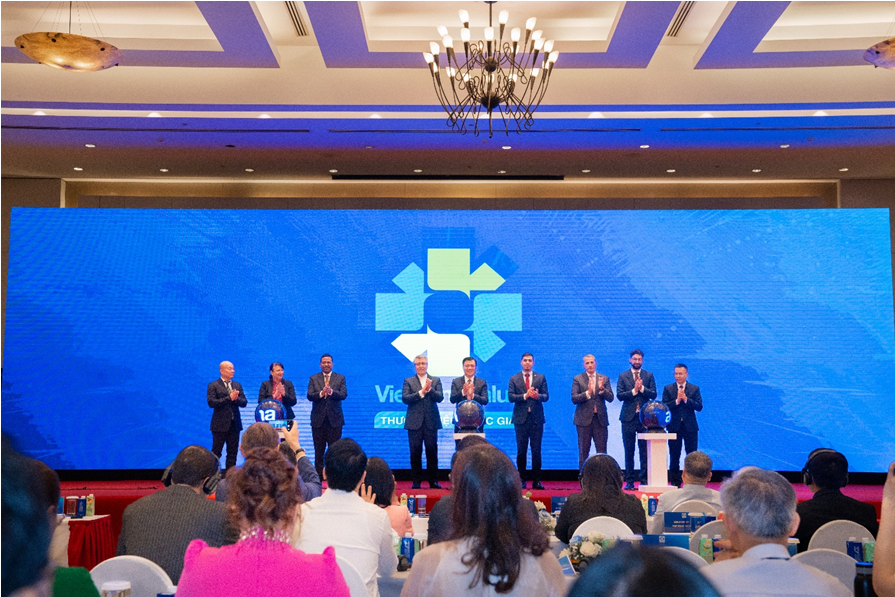
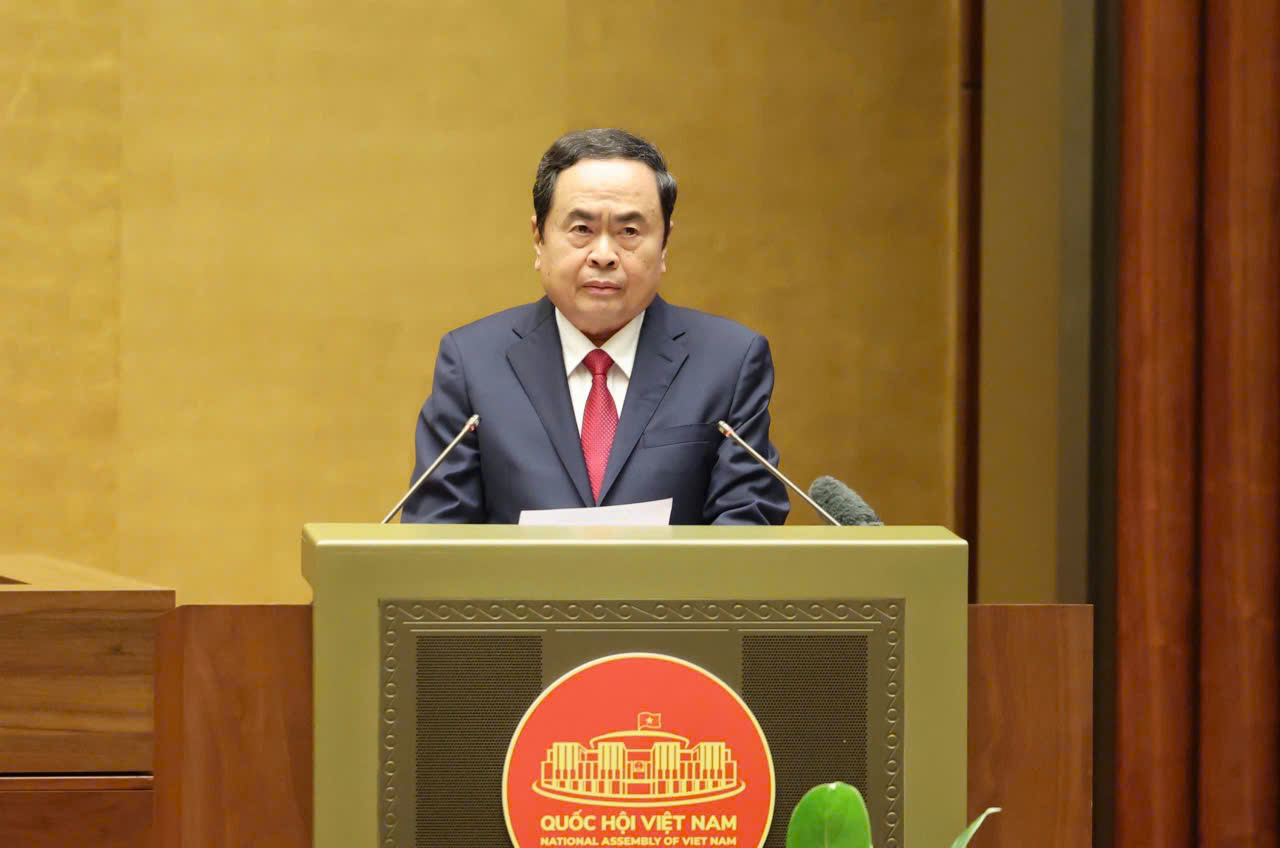






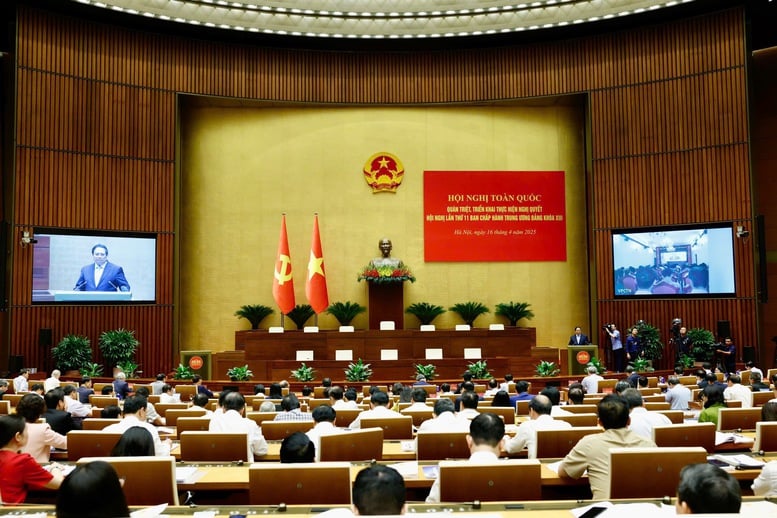



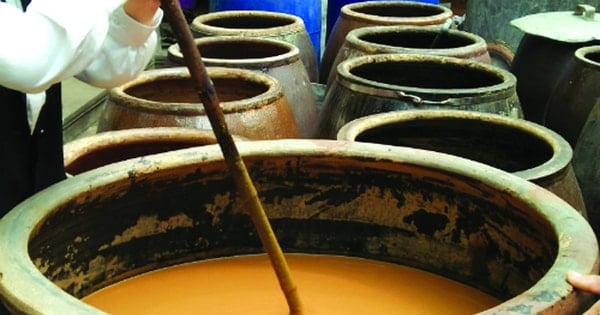

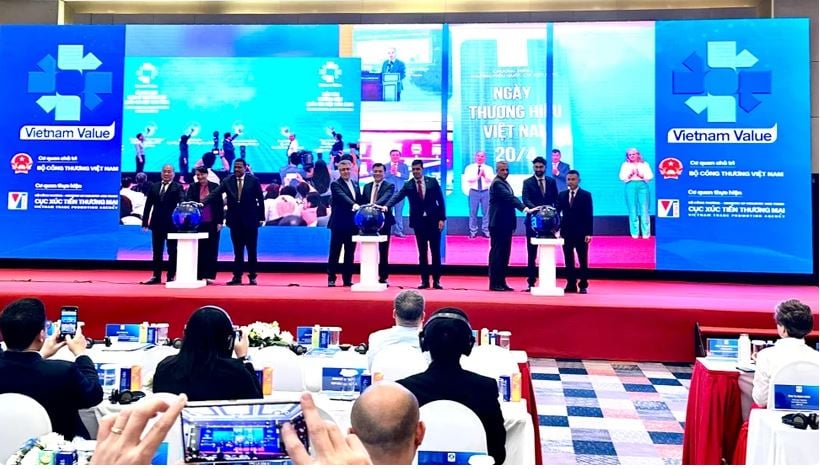


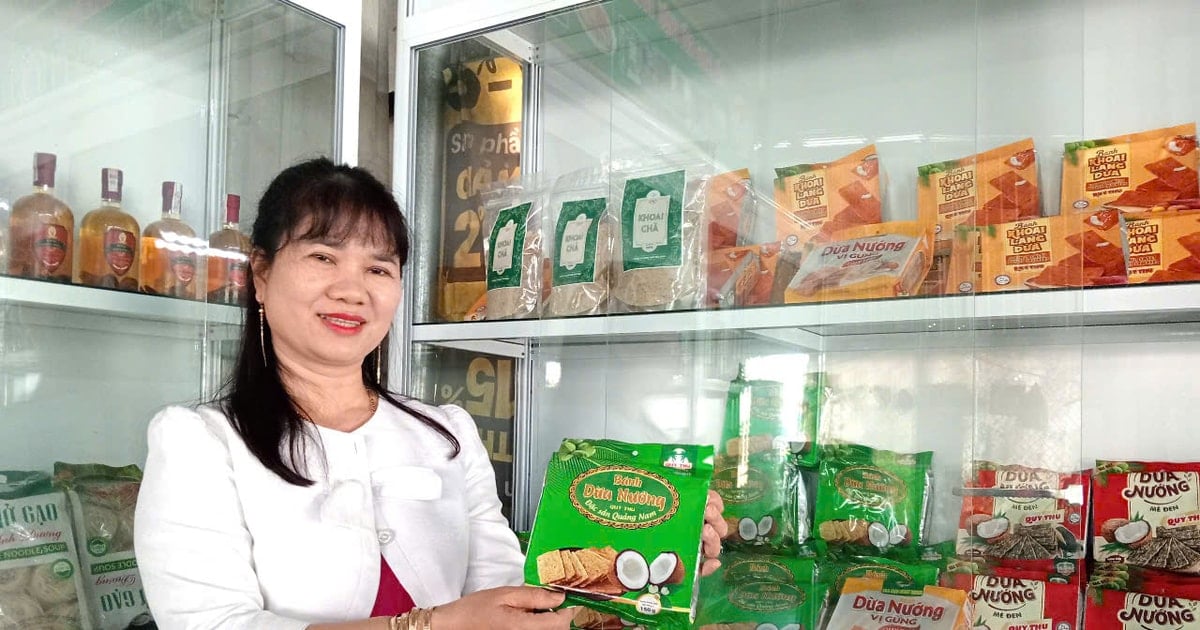

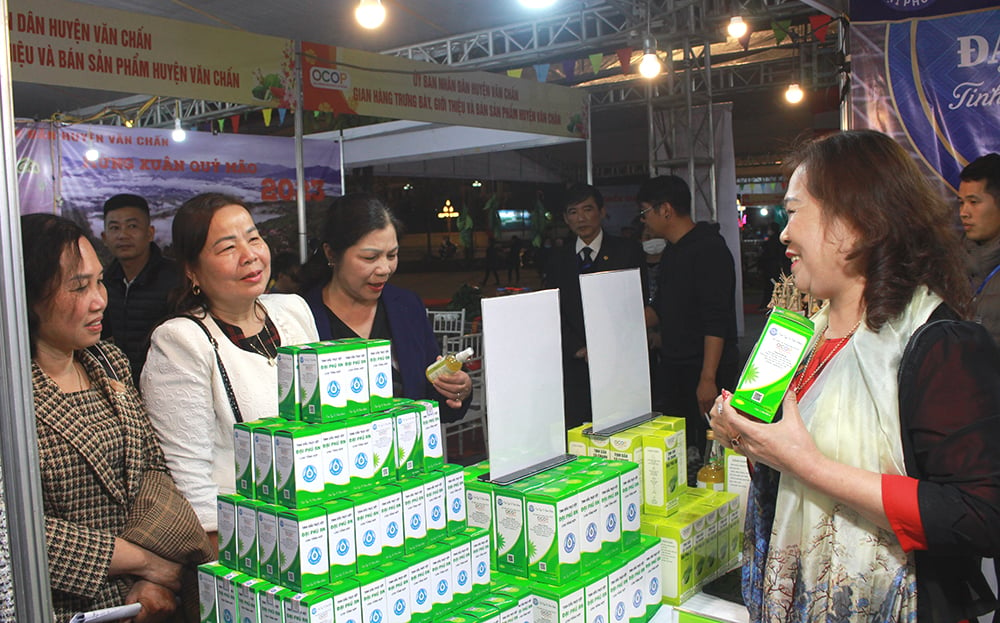
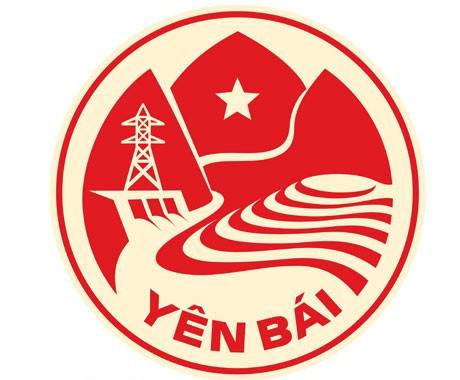
Comment (0)